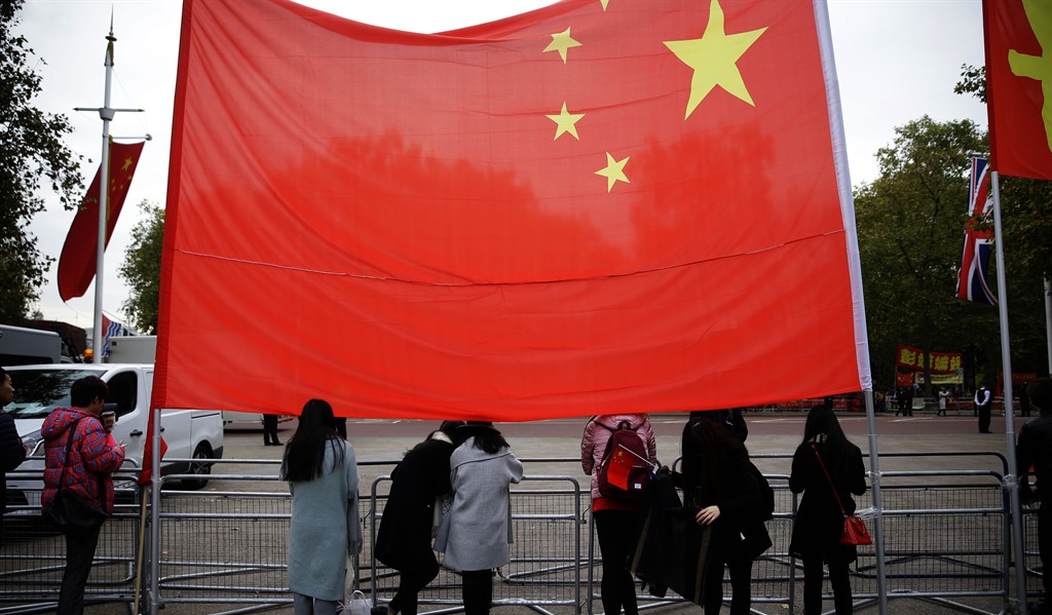Think of it as Asian strategic judo.
Confronting China's increasingly aggressive military behavior, Vietnam, the Philippines and now Japan have purloined a Chinese strategy for countering American military forces operating near the Asian mainland. They have begun to practice their own versions of anti-access/area denial, or A2/AD.
A2/AD is Pentagon shorthand for a Chinese strategy that, in concept, has some things in common with guerrilla war and a martial art, such as judo.
Martial artists excel in using unexpected leverage to disrupt the assault of a more powerful opponent. Guerrillas try to lure their stronger enemy into an ambush where surprise compensates for their comparative weakness.
Chinese planners respect America's ability to project military power. U.S. Navy carrier battle groups and cruise missile-carrying submarines and U.S. long-range aircraft can penetrate Chinese defenses. Their initial mission would be relieving hard-pressed U.S. allies (such as Japan and the Philippines) and forward-deployed U.S. military forces. In the process of relief, however, the U.S. naval and air groups would begin the destruction of Chinese offensive military capabilities.
China fully intends to build advanced naval and air forces. However, deploying forces comparable to America's is at least 10 years away.
During the interim, China is deploying weapons and forces that -- should war erupt -- are designed to deny the U.S. Navy easy access to waters near China. Entering them would cost the U.S. far more than it costs China. Area denial intends to limit U.S. freedom of action in a battle area. China would seek to hinder U.S. forces attempting to traverse an air or sea space. It would attempt to achieve air parity in a specific battle area.
Recommended
China is deploying weapons such as the sea-skimming YJ-18 naval cruise missile on its islands, on submarines and on small, fast vessels. U.S. naval vessels would face swarm attacks of potentially hundreds of missiles. Beijing portrays the DF-21D anti-ship ballistic missile as a carrier killer. The missile warhead is allegedly very precise and can hit a moving U.S. carrier.
Even if the DF-21D is oversold, Beijing wants the U.S. to hesitate to risk its carriers. Hesitation benefits China. A2/AD's political goal is to seed doubts in Asia that the mighty U.S. will come to the rescue should China decide to launch an offensive. Doubt would make Asian countries susceptible to diplomatic intimidation.
At least that's the concept. But so far, diplomatic intimidation and military saber rattling have led to pushback. Beijing's audacious island creation strategy in the South China Sea has stiffened Vietnamese and Filipino resistance. Japan and China are parrying over disputed islands in the East China Sea. Japan feels threatened. Tokyo signaled its seriousness when it changed its constitution to permit offensive military action.
Size is relative. As Vietnam, the Philippines and Japan see it, China is the giant. So they are adapting the A2/AD concept to meet their defense needs.
Vietnam is buying very quiet Russian diesel submarines and selectively reinforcing and fortifying its islands in the South China Sea. Chinese vessels approaching these islands and the Vietnamese coast would face nests of anti-ship missiles and anti-ship mines.
The Philippines' "archipelagic defense" is a very similar concept: to make every island and islet potentially lethal to Chinese vessels and aircraft. Despite a very limited budget, Filipinos are expanding their military forces to fight "a guerrilla sea war" using naval mines and fast and agile missile boats darting in and out of the islands and reefs.
Japan has high-tech naval and air forces, but they are small compared with China's huge military. This fall, Japan announced that it would begin to selectively deploy anti-aircraft and anti-ship missiles on Japanese islands between Taiwan and Japan's home islands. That is certainly anti-access. Some of them may be fortified. That smacks of area denial.
























Join the conversation as a VIP Member